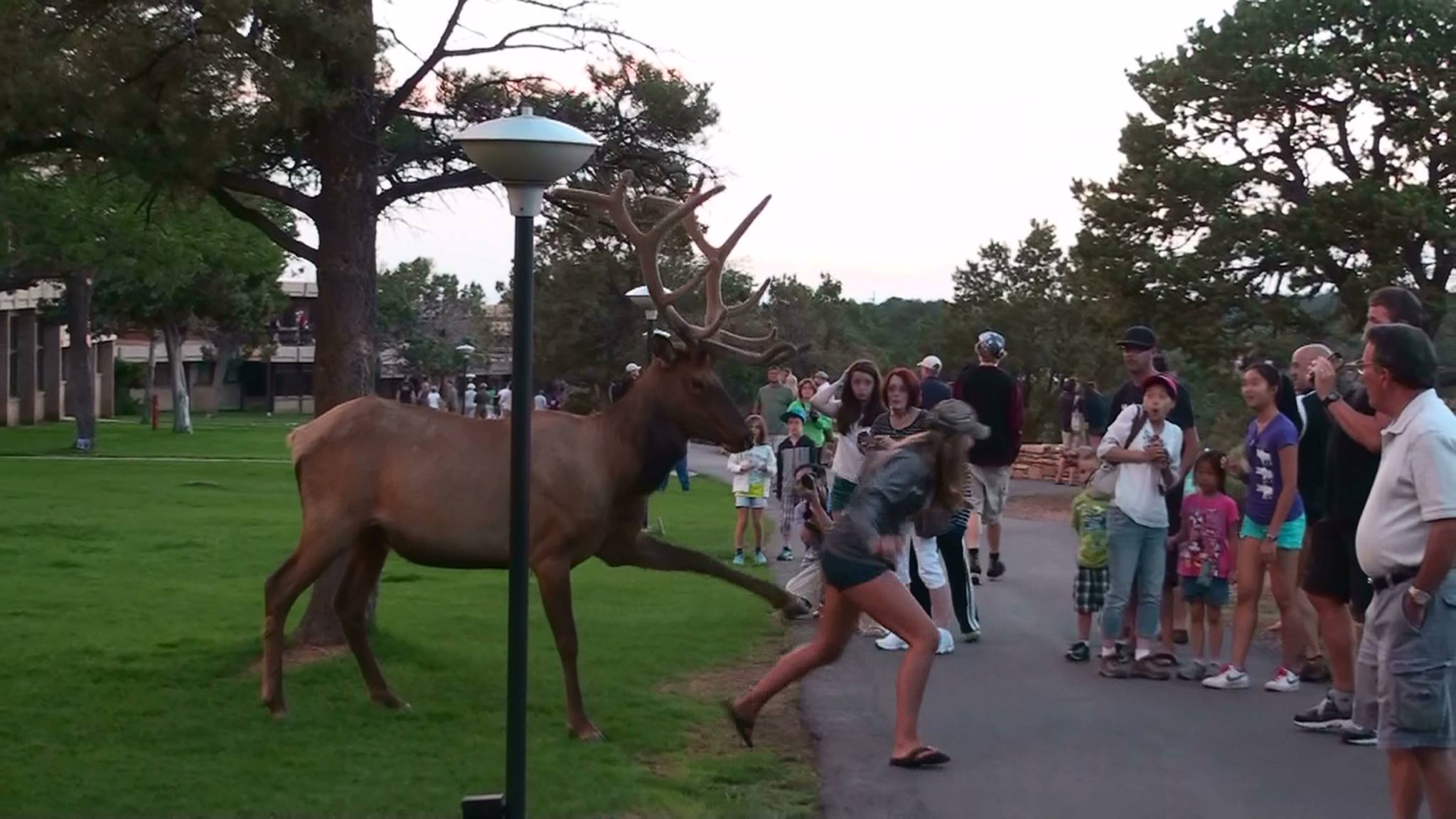
HUMAN-WILDLIFE CONFLICT
CONTEXT
Definition – Human-wildlife conflict (HWC) refers to struggles that arise when the presence or behaviour of wildlife poses actual or perceived direct, recurring threats to human interests or needs, often leading to disagreements between groups of people and negative impacts on people and wildlife
IMPACT OF HUMAN-WILDLIFE CONFLICT
Reasons and Drivers of Human-wildlife conflict (HWC)
- Impact on Wildlife and Ecosystems – Chronic and unmanaged HWC can have detrimental and, insome cases, permanent impacts on ecosystems and biodiversity.
- People might kill animals in self-defence, or as pre-emptiveor retaliatory killings, which can drive species involved inconflict to extinction, as demonstrated by northern hemisphereinhabitants’ systematic eradication of bears, wolves, and lynxin the 19th and 20th centuries in order to prevent livestockpredation and increase human safety.
- Every species fulfils a role in its ecosystem; therefore, thatspecies’ removal usually has negative consequences for thesystem. The loss of apex predators, for example, causescascading effects on the entire system.
- Impact on Local Communities – Wildlife directly affects communities living in or near protected areas, wildlife corridors, or other humanwildlife interfaces.
- The most evident anddirect negative impacts to people from wildlife areinjuries and the loss of lives and of livestock, crops,or other property.
- Such negativeimpacts of HWC are exacerbated in vulnerable, poor,and marginalised communities that may lack alternativeincome sources
- Impact on Equity – HWC reinforces inequities at various scales. The economic and psychological costs of living with wildlife disproportionately fall to those who live near that wildlife, while the benefits of a species’ survival are often more widely distributed.
- In countries with significant wildlife populations thatinclude large predators and herbivores, Indigenouspeoples and rural communities regularly encounteringsuch wildlife carry the burden of living with them.
- Impact on Social Dynamics – HWC can result in diverse societal responses that lead to disagreements among people or groups.
- If the species in conflict is threatened and, therefore, protected by law, opinions and feelings can be divided among various stakeholders (farmers, Indigenous or local communities, professional hunters, tourism operators, businesspeople, government agents, conservation representatives, and community leaders)
- When a HWC event affects afarmer, that farmer may blame the government forprotecting the perpetrator that damages crops, whilea conservation practitioner may blame industry andfarmers for clearing wild habitats and creating the HWCin the first place.
- Impact on Sustainable Development – HWC is the theme in conservation that is strongly linked to the SDGs as biodiversity is primary to sustain the developments, even though it is not explicitly mentioned as one.
WAY FORWARD
- Moving from Conflict To Coexistence: The goal of HWC management should be to enhance the safety of people and wildlife and to create mutual benefits of coexistence.
- Include human-wildlife coexistence as an explicit target of the Convention on Biological Diversity’s (CBD) process aimed at achieving the 2050 vision of‘living in harmony with nature’
- Incorporate coexistence considerations into the design and implementation of all relevant policies and programmes and provide financial means for theirimplementation.
- Address HWC as a global threat to sustainabledevelopment, food security, and conservation in theframework of relevant international conventions.
- Develop laws and regulations, including impact assessments and incentives, which buffer affected people and businesses against the impacts of HWCand enable the benefits of coexistence with wildlife toaccrue and be shared fairly and locally.
- Participation – The full participation of local communities can help reduce HWC and lead to coexistence between humans and wildlife.
